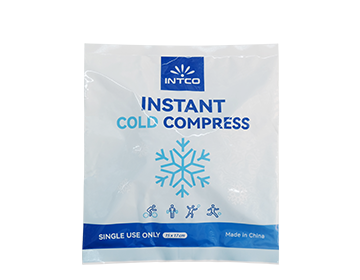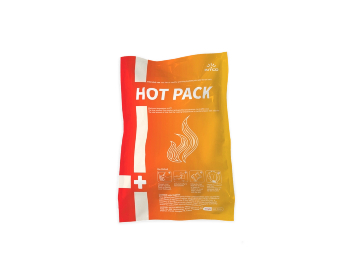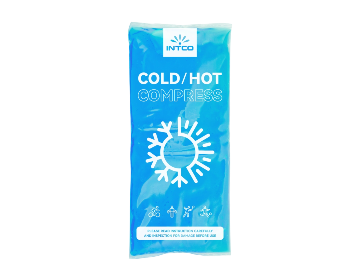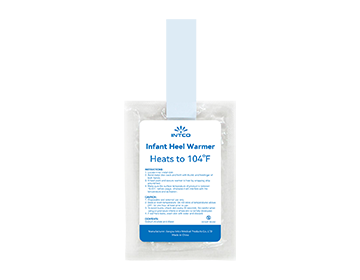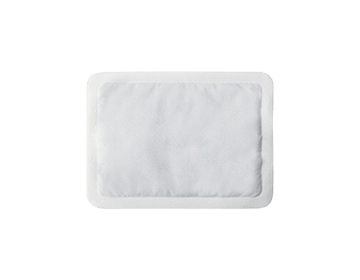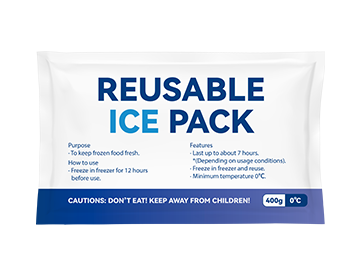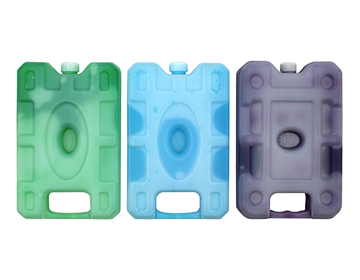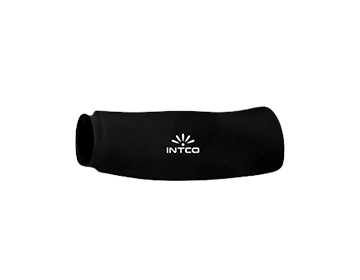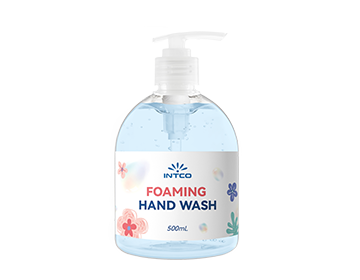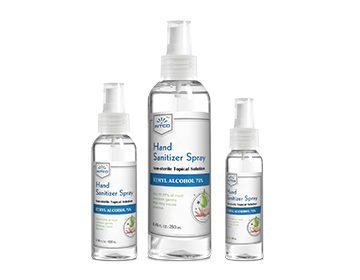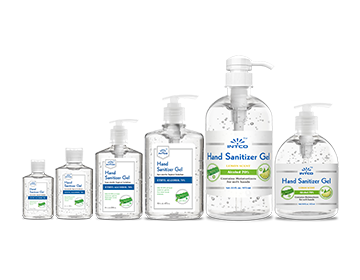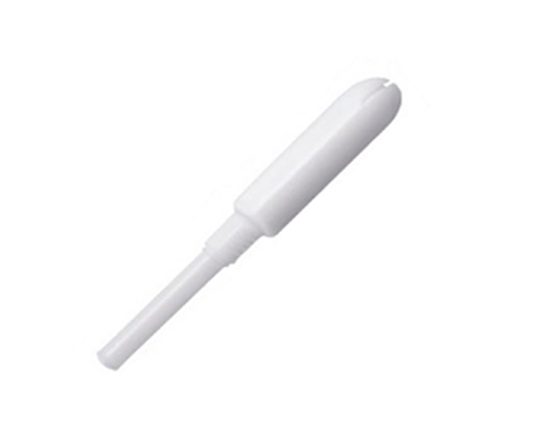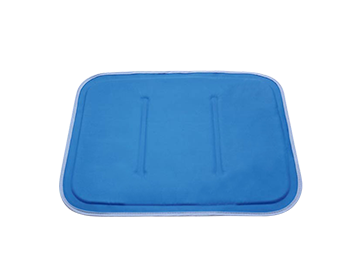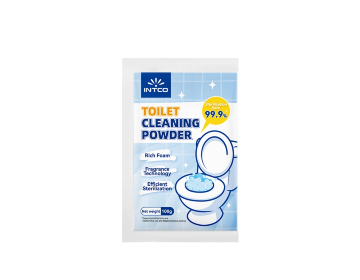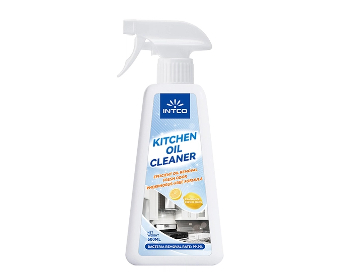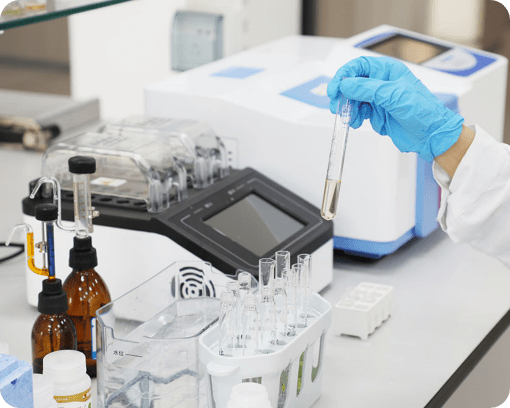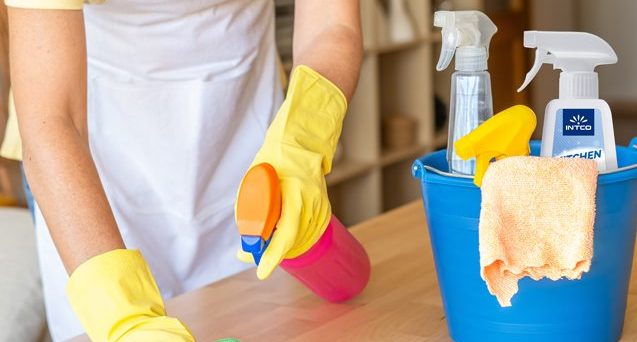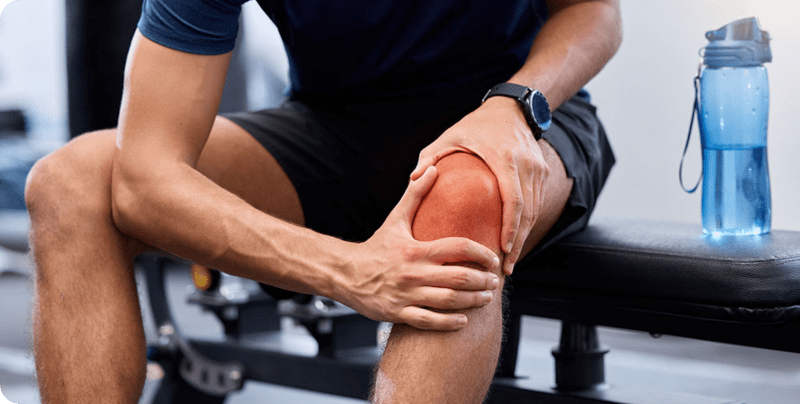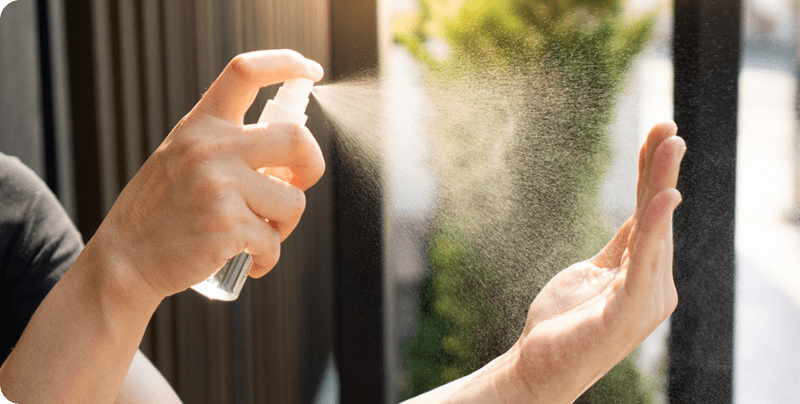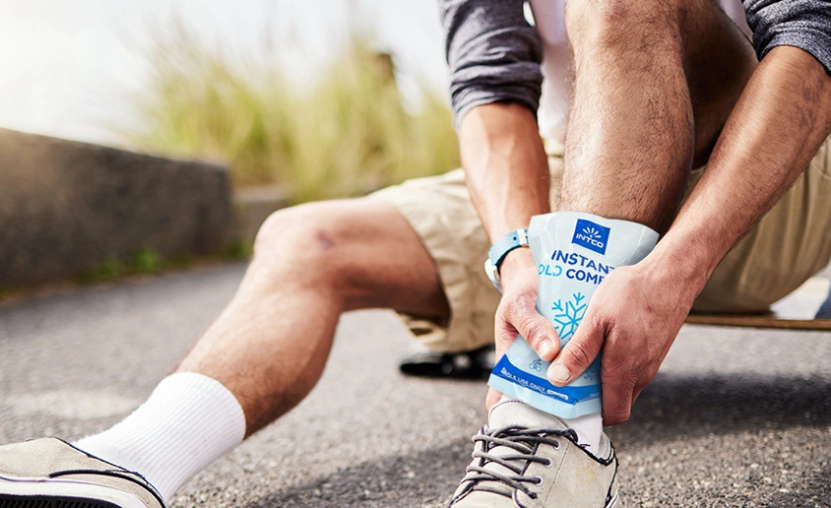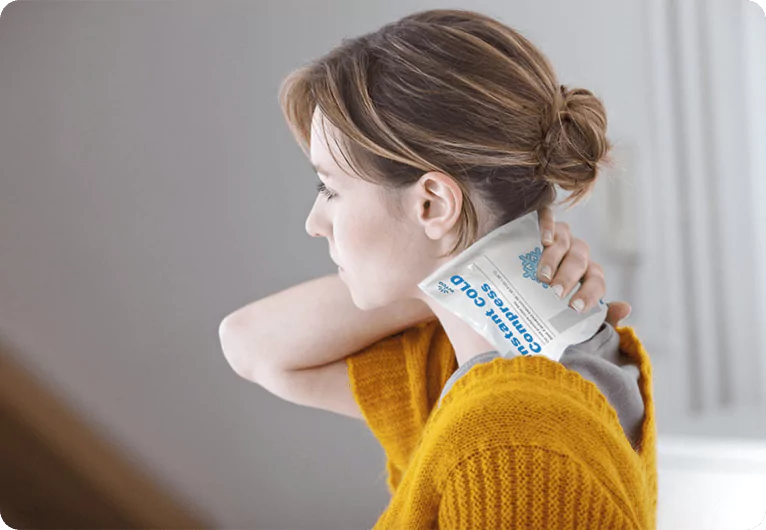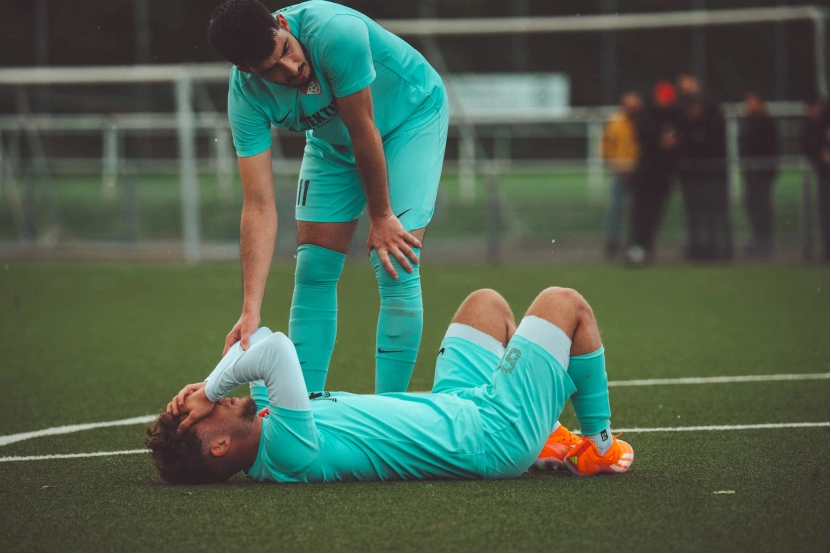How Long Do Instant Cold Packs Stay Cold? What You Need to Know
In the world of first aid and injury recovery, instant cold packs are a go-to solution for managing pain, swelling, and inflammation. Whether you’re treating a sports injury, a minor burn, or a bug bite, these portable packs offer fast relief—without needing refrigeration.
But how long do instant cold packs actually stay cold? Is it long enough to provide effective relief? And how do they compare to reusable ice packs? In this article, we break down the science behind instant cold packs, their typical cooling duration, and the factors that influence their effectiveness.
What Are Instant Cold Packs?
Instant cold packs are single-use, disposable ice packs that become cold through an internal chemical reaction. They are typically composed of two separate compartments:
· One holds water
· The other contains ammonium nitrate or a similar endothermic salt
When you squeeze or hit the pack to break the inner pouch, the chemicals mix and trigger an endothermic reaction, which absorbs heat from the surroundings—resulting in a rapid cooling effect.
According to NIOSH (National Institute for Occupational Safety and Health), chemical cold packs are ideal for on-the-go cooling, especially in situations where ice or refrigeration is not available.
How Long Do Instant Cold Packs Stay Cold?
Average Cooling Time
Most commercial instant cold packs remain cold for 15 to 30 minutes, depending on the brand, size, and ambient temperature.
· Small packs (100g–200g): ~15 minutes
· Medium packs (200g–400g): ~20–25 minutes
· Large trauma packs (>400g): up to 30 minutes
The cooling duration is intentionally limited to align with medical guidelines that recommend applying cold to an injured area in 15–20 minute intervals to avoid skin damage or frostbite.
Why the Cold Doesn’t Last Long
The cooling mechanism of instant cold packs relies on the endothermic reaction—and like all chemical reactions, it has a limited energy capacity. Once the ammonium nitrate dissolves fully in the water, the cooling effect plateaus and gradually fades.
Other limiting factors include:
· Air temperature: Warmer environments reduce cooling time
· Surface of application: Skin or muscle tissue absorbs heat from the pack faster than air
· Pack insulation: Thinner plastic allows faster heat transfer
According to the National Library of Medicine, cold therapy should be applied intermittently and not continuously, as prolonged exposure can cause cold burns or nerve damage.
When Are Instant Cold Packs Most Effective?
Instant cold packs are best used when immediate, short-term cold therapy is needed and traditional ice or gel packs are unavailable. Ideal scenarios include:
Sports and Outdoor Activities
If you’re hiking, camping, or playing field sports, carrying an instant cold pack in your first aid kit is practical. It requires no refrigeration and can be activated instantly.
American Red Cross recommends instant cold packs for use in sports-related injuries and sprains in youth sports or field-side incidents.
Minor Accidents or Swelling
For everyday injuries like bumps, bruises, or insect bites, a 15–20 minute cold application can significantly reduce swelling.
Post-Injection or Dental Relief
Some patients use instant cold packs after vaccinations or dental procedures to manage discomfort in the absence of a freezer.
Cold Duration vs. Cold Effectiveness
It’s important to understand that cold duration does not always equate to cold effectiveness. Even a short cooling period of 15–20 minutes can have substantial physiological benefits, such as:
· Vasoconstriction: Narrowing blood vessels to reduce bleeding and swelling
· Nerve desensitization: Reducing pain signals
· Inflammation control: Limiting cellular damage from injury
According to WebMD, cold therapy is most effective when applied within the first 48 hours of an acute injury, and 15–20 minute sessions every 2–3 hours are ideal.
How to Maximize Cold Duration and Effectiveness
If you’re using instant cold packs and want to make the most of their limited cooling time, here are some tips:
- Apply immediately after activation
- Use a cloth barrier between the pack and skin to avoid cold burns
- Keep the pack still and pressed against the injured area
- Avoid puncturing the pack, as leakage of ammonium nitrate may cause skin or eye irritation
🧠 Tip: Combine instant cold packs with compression wraps to extend their impact and prevent heat from dissipating too quickly.
Instant Cold Packs vs. Reusable Gel Packs
|
Feature |
Instant Cold Packs |
Reusable Gel Packs |
|
Cooling Time |
15–30 mins |
30–60 mins (when frozen) |
|
Reusability |
Single-use |
Reusable |
|
Activation |
Chemical (on-demand) |
Requires freezer |
|
Portability |
Excellent |
Moderate |
|
Cost |
Lower per unit |
Higher upfront |
|
Best For |
Emergency, travel |
Home use, therapy |
While reusable gel packs are ideal for planned therapy sessions at home, instant cold packs are unmatched for emergency use and portability.
Are Instant Cold Packs Safe?
Yes—when used correctly. However, the ammonium nitrate or urea inside the pack is toxic if ingested or if it contacts mucous membranes. Always dispose of used packs properly and keep them away from children.
The Environmental Protection Agency (EPA) classifies ammonium nitrate as safe for use in cold packs but advises against skin exposure to the internal contents.
Conclusion: Quick, Convenient, and Cold—But Not Forever
Instant cold packs are a practical and reliable solution for immediate pain relief, especially in settings where ice isn’t available. While they only stay cold for 15–30 minutes, their design aligns perfectly with medical recommendations for cold therapy duration.
They offer fast relief, no preparation, and portability, making them an essential item in any first aid kit. However, they are best used for short-term cooling, with reusable gel packs better suited for extended or repeated treatments.
About INTCO Healthcare
INTCO Healthcare is a trusted global manufacturer of cold and heat therapy products, including instant cold packs, reusable gel packs, and OEM medical cooling solutions. With over 20 years of industry expertise and strong R&D capabilities, we supply high-quality thermal care products to leading healthcare brands and institutions worldwide.
🔹 Need private-label or bulk cold pack solutions? Contact INTCO today to explore partnership opportunities.

